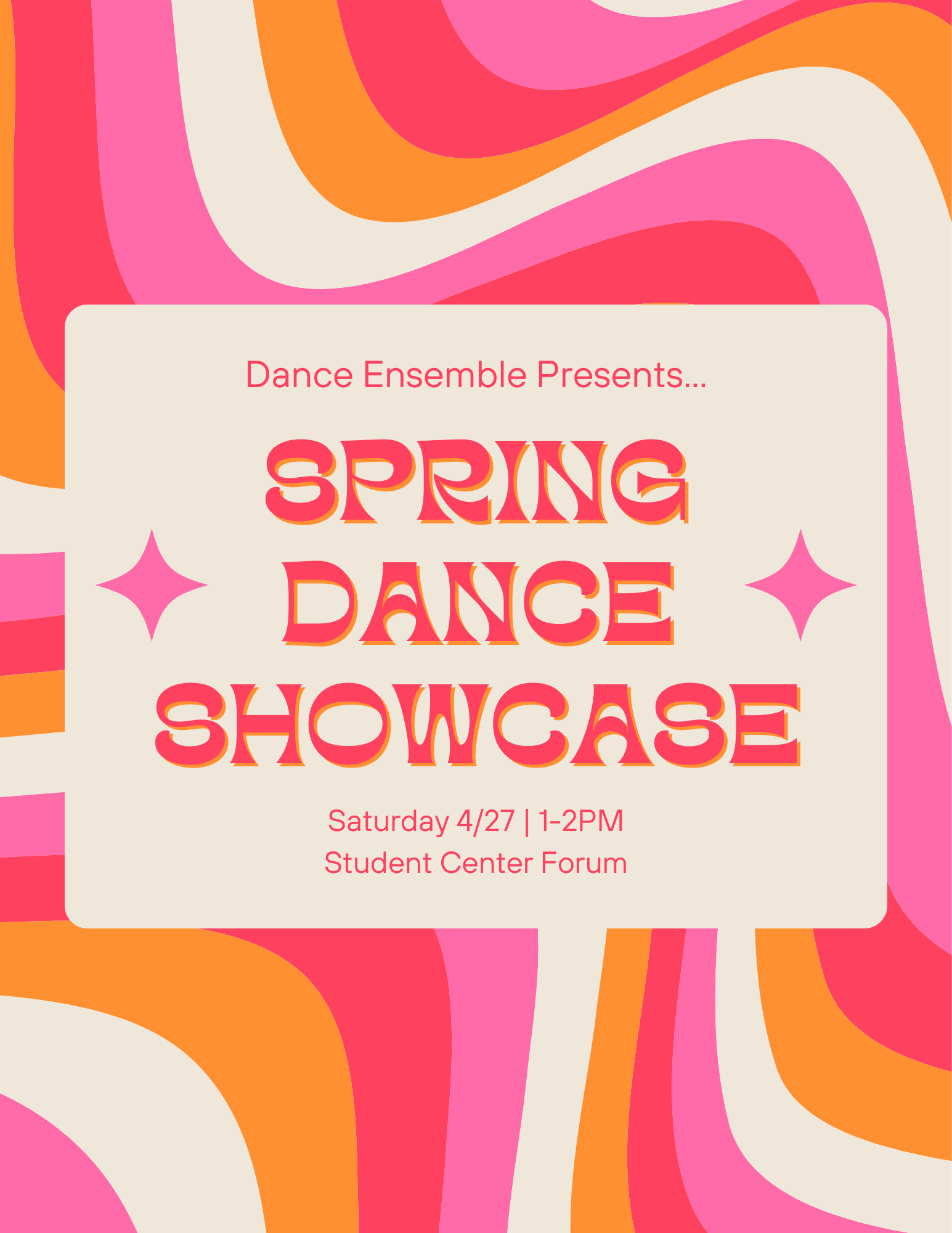Daniel Adamo
Astrodynamics Consultant
Will present a talk titled:
Exploring The Solar System Through Low-Latency Telepresence (LLT)
Abstract:
Why would it make sense to send humans more than 99% of the way to an off-Earth exploration destination like Mars without putting “boots on the ground”? How can average speeds achieved by robotic Mars rovers, typically a leisurely 0.4 meters per hour, be dramatically increased? This 1.5- hour lecture will answer these questions by suggesting humans operate in synergy with nearby robotic systems as a game-changing space exploration strategy. When command/feedback delays between human explorers and their robotic proxies are reduced sufficiently, today’s user interface technology can impart multi-sensory impressions of “being there”, a state of cognizance called low-latency telepresence (LLT). Using LLT-based strategies, impressive exploration productivity gains are realizable, together with reduced programmatic cost and risk, when compared to more conventional exploration strategies based on the Apollo Program circa 1970. These benefits accrue regardless of whether humans orbit above or loiter on/beneath a nearby exploration region.
Date: April 2, 2021
Time: 4:30 pm
Location/Zoom:
https://clarkson.zoom.us/j/98943528473?pwd=Z2VSekJ6THF1YWo2c1ZNWE05SmVJUT09
Meeting ID: 989 4352
Bio: Mr. Adamo is an astrodynamics consultant focused on space mission trajectory design, operations, and architecture. He works with clients primarily at NASA and in academia.
Until retirement in 2008, Mr. Adamo was employed by United Space Alliance as a trajectory expert, serving as a “front room” flight controller for 60 Space Shuttle missions. Along with console duties during simulations and missions, this job entailed development of trajectory designs, software tools, flight rules, console procedures, and operations concepts. Mr. Adamo began his career at the Perkin-Elmer Corporation where he developed and operated proof-of-concept software for computer-controlled polishing of optical elements. He has degrees in Physical Sciences and Optical Engineering from the University of Houston and the University of Rochester, respectively.
Mr. Adamo is an AIAA Associate Fellow and the author of many publications (ref.
http://www.aiaahouston.org/adamo_astrodynamics/). He has received numerous awards, including 14 NASA
Group Achievement Awards.



